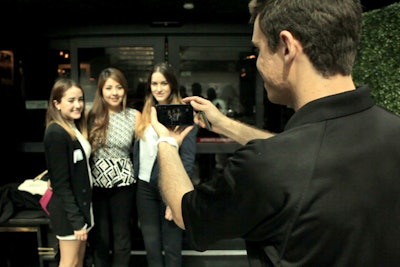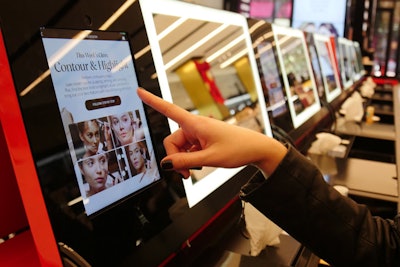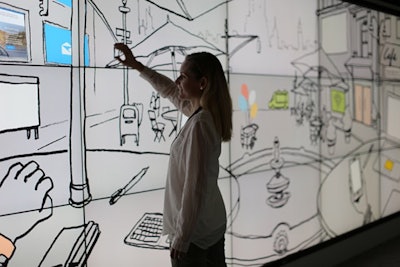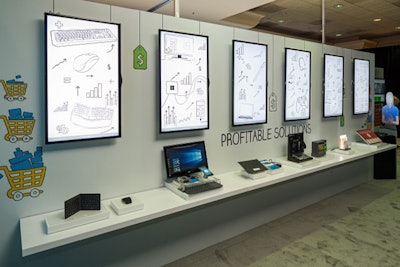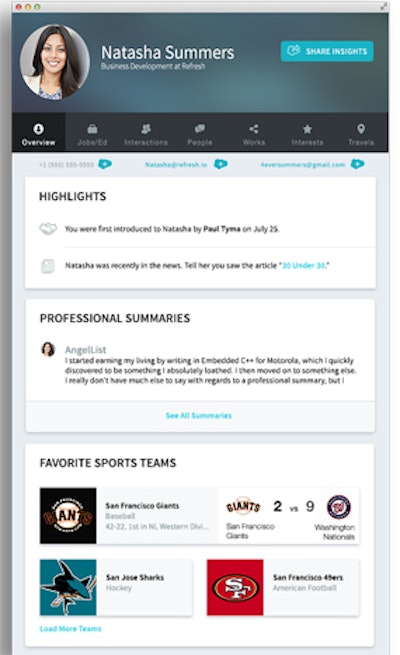
Planners interact with dozens of people—vendors, speakers, sponsors, and others—in the months leading up to an event. Refresh is a Web and mobile app that provides background information on people before a meeting to facilitate better engagement. Users link their calendars to the app and then the system searches public information from more than 100 sources around the Web, including Twitter, LinkedIn, Facebook, Yelp, and Instagram, about people they will be meeting. Users receive insights such as shared interests, work history, and recent blog posts. The system can also be used to store notes about people after a meeting.
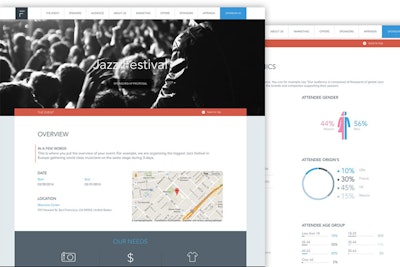
Sponseasy allows planners to create professional sponsorship proposals in minutes. Organizers input information about the event, demographic information about the audience, and the various options for sponsorships. The look of the proposal can also be customized with pictures, colors, and effects. Planners distribute the proposal to potential sponsors by sharing a link. During the campaign, planners can track activity through the system’s online dashboard. In July the company announced a partnership with Eventbrite to allow them to import their event information. The system is currently free to use in beta.
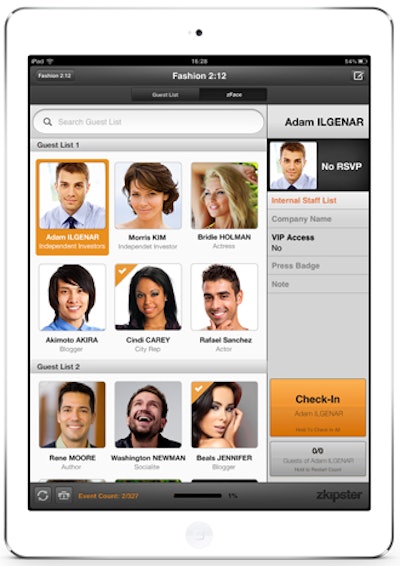
Zkipster is an app to manage check-in at non-ticketed events. In 2014 the company added several optional tools. Zface creates a photo-based guest list by searching the Internet for each guest name and pulling as many as 10 photo suggestions. Planners also can manually upload photos. The pictures are stored in a secure Zkipster account so they can be accessed for future events. Zsocial allows hosts to identify and connect with social media influencers at their event by integrating Twitter and Instagram handles into the guest list. As guests check in, the system can send them an automated welcome message that provides the event hashtag. After the event, Zsocial allows hosts to monitor and pull reports on social media interactions regarding their event. Zprint provides instant printing of name tags by connecting the app to a wireless printer.

Loopd is a system that uses Bluetooth low-energy beacons to provide a variety of location-tracking tools for planners and attendees. Beacons placed around the event communicate with chips the attendees wear on a lanyard. As guests visit exhibitor booths, attend education sessions, and meet other attendees, the system tracks those movements and saves the information. At any time, guests can log into the Loopd app to see a history of those interactions, as well as receive marketing materials from exhibitors they visited. Booth staff also receive traffic information and can follow up with attendees. For networking, users can tap their badges together to share their contact information; otherwise, the system will automatically collect data when two people are standing near each other for a predetermined amount of time. Planners receive real-time information about traffic flow and also data regarding retention, engagement, dwell time, and amount of connections made for attendees and exhibitors. The company plans to release an update in February.
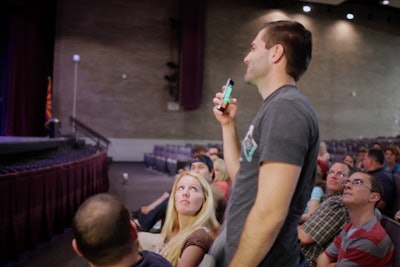
Crowd Mics turns guests’ smartphones and tablets into wireless microphones, so they can be heard over the sound system in a meeting room or auditorium. Guests download the Crowd Mics app and enter a code to join the event. When they want to ask a question or make a comment, they tap their phones, and the presenter will see a list of people requesting to speak in the order they came online. The presenter can enable an individual microphone, mute a microphone, or put the system in “open mic” mode so anyone can comment. Audience members can also submit text comments to the presenter through the Crowd Mics app, and the system offers polling functions.
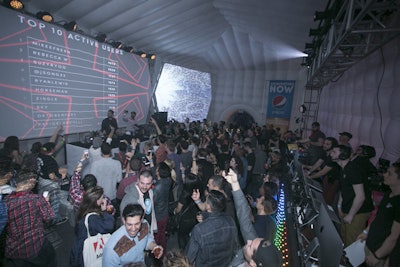
Lightwave has created sensor-equipped wristbands that measure the wearer’s biometric data, such as movement and body temperature. The technology debuted at a Pepsi-sponsored music event at South by Southwest in March. The data is transmitted wirelessly to the Lightwave system, which allows organizers to make adjustments in real-time. “For example, we thought the lighting and projections would be very engaging, but actually the environment was too bright. So when we noticed the accelerometer readings were not where we wanted them to be, we dimmed the lights and suddenly people started dancing more,” said Rana June, Lightwave founder and C.E.O. After an event, Lightwave provides data such as which moments got the most reaction from attendees or those that caused a lull in the room. Hosts also can choose to send guests their personal data to share on social networks.
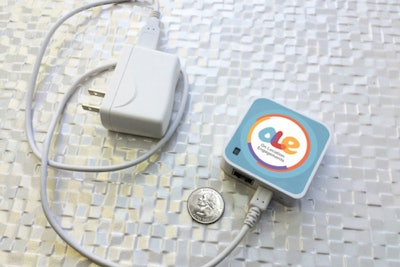
On Location Engagements is a location-based content delivery system for events. Beacons placed throughout a venue “wake up” smartphone screens when attendees are within a designated range, which can be anywhere from 5 to 30 feet. Planners determine what content is transmitted by each beacon, such as maps, videos, surveys, product information, or sponsor materials. Planners also can turn certain beacons on or off to guide an attendee through an event based on that person's job title, marketing objectives, or other goals. Attendees can create their own tour based on what interests them most by entering key words. When a tour is selected, only the beaconed zones associated with that tour would appear on the map. After the event, planners receive data such interactions per beacon, length of stay at each beacon, and traffic patterns at the venue.
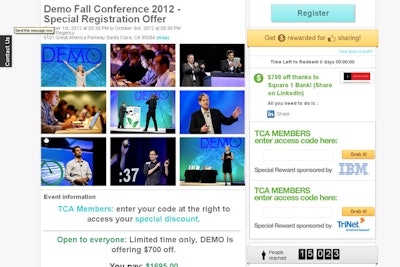
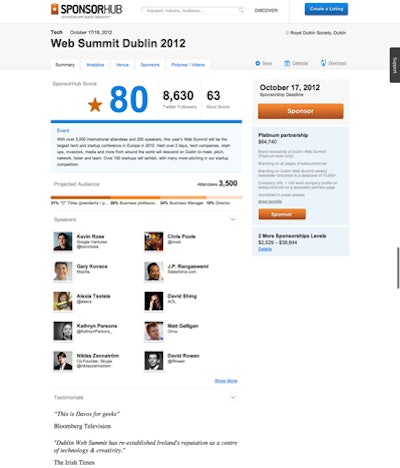
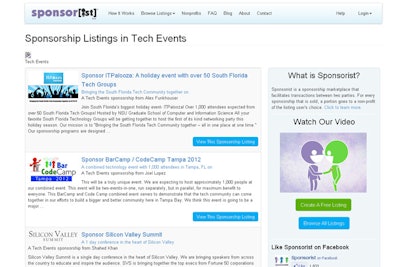
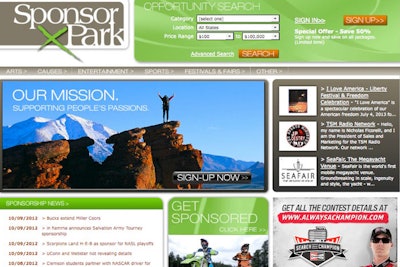
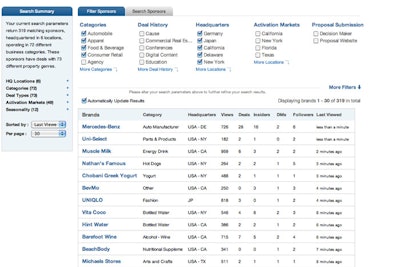
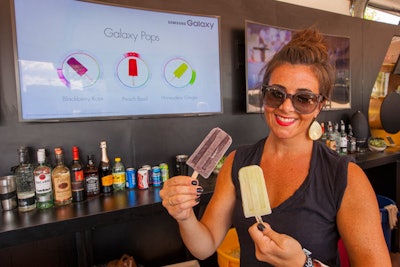
At the bar in the lounge, guests could order frozen treats using the GS6 Edge device. The flavors were designed to represent different musical tastes. The "R&B" treat had a raspberry-rose flavor, for example, while "Rock" was honeydew-ginger.
